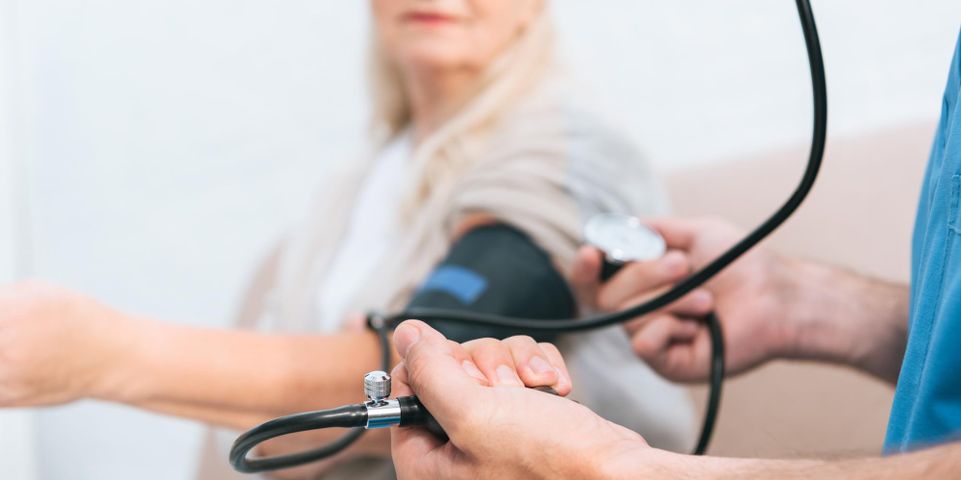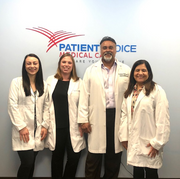
Every time you see your primary care physician, they take your blood pressure reading to ensure that your heart and health are optimal. But what do the numbers mean? Here is a breakdown of how your doctor measures this important vital sign, what the numbers indicate, and how to achieve a healthy reading.
A Guide to Blood Pressure Readings
What Happens During a Blood Pressure Reading?
When you visit your primary care physician’s office, they’ll place a blood pressure cuff with a meter around your left arm, then place a stethoscope on the inside of your forearm just under your elbow crease. They then measure the pressure your blood places on your arteries while your heart is pumping and in between beats by increasing the pressure of the cuff on your arm using the attached balloon. The reading on the meter when your physician first hears your heartbeat is the top number in your blood pressure, and the measurement when the steady beat stops is the bottom number of the reading. The process takes only a minute or two.
What Do These Readings Mean?
When you receive your blood pressure reading from your primary care physician, the top number is your systolic pressure and the bottom number is the diastolic pressure. According to the American Heart Association, a blood pressure of 120/80 or lower is considered normal. A reading of 120-129/80 is considered elevated or pre-hypertensive, while anything 130/90 or above is deemed Stage 1 high blood pressure or hypertension. A reading of 140/90 or higher is Stage 2 hypertension and a reading of 180/120 or higher requires medical intervention.
What Can You Do About Your Blood Pressure?
 Maintaining healthy blood pressure is important to your overall health and reducing the risk of serious health problems. While medication is typically prescribed to treat high blood pressure in Stage 1 or 2, family doctors also recommend lifestyle changes as part of the treatment plan. Exercising for 30 minutes four times a week, not smoking, eating a healthy low-sodium diet, limiting alcohol, and maintaining a healthy weight can all help reduce blood pressure or keep it in a healthy range.
Maintaining healthy blood pressure is important to your overall health and reducing the risk of serious health problems. While medication is typically prescribed to treat high blood pressure in Stage 1 or 2, family doctors also recommend lifestyle changes as part of the treatment plan. Exercising for 30 minutes four times a week, not smoking, eating a healthy low-sodium diet, limiting alcohol, and maintaining a healthy weight can all help reduce blood pressure or keep it in a healthy range.
Regular monitoring of your blood pressure by your primary care physician is the only way to know for sure if you have high blood pressure. At Patient Choice Medical Care, the team of family doctors provides quality, one-on-one care services for patients across New Haven County, CT. Whether you need advance screenings, an annual physical, or you want to check your blood pressure, these physicians can help. Call (203) 535-0262 to schedule an appointment or visit them online to learn more about their services.
About the Business
Have a question? Ask the experts!
Send your question

